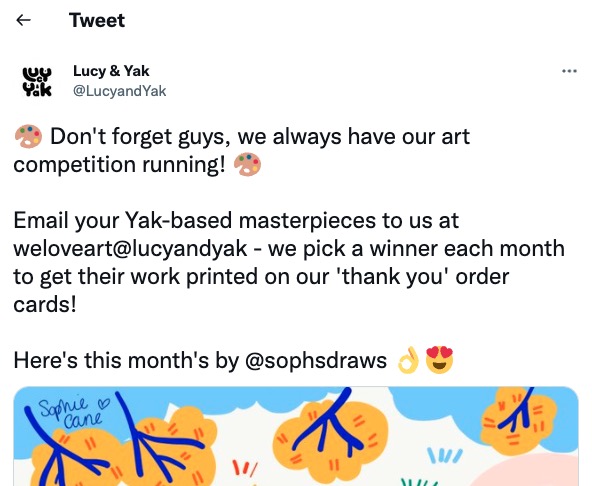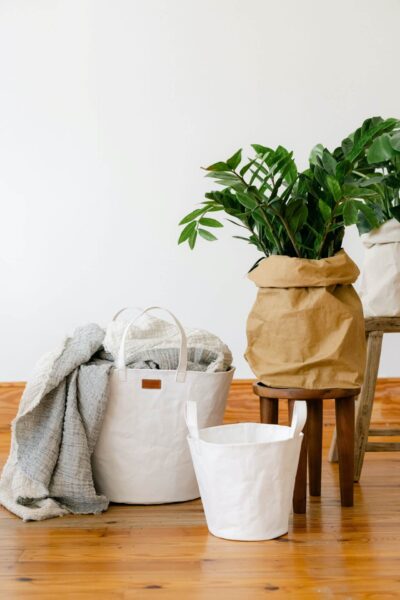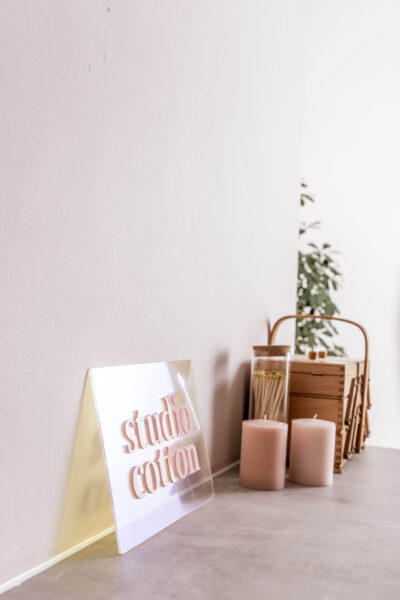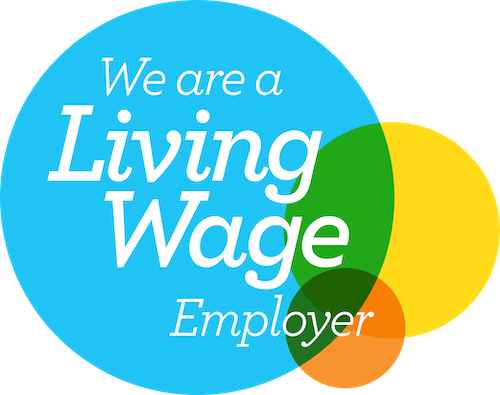In short, spec work is any creative work undertaken where the person creating it isn’t guaranteed equitable pay. As with our other blog article on spec work, I’m going to refer to that person as The Creative, and collectively, The Creatives.
Common types of spec work include unpaid trial projects, pitches that demand concepts to brief, work undertaken for free/low price under the promise of future paid work, and design competitions.
It also just includes projects where The Creatives complete unpaid or token-fee commercial projects for “exposure” or to “build their portfolio”.
For a thorough description of spec work and why it sucks, head to nospec.com which explains this gross practice in way more detail.
In short, spec work sets a precedent that The Creatives do not deserve to be paid for their work, it devalues the creative industries, and exploits those who are less experienced or desperate. It’s super, super shitty.
For a great example of how much spec work can suck in practise, read our accompanying blog post, how the WECA logo design competition exploits and devalues creatives.
A TOTEally short explanation of how creative work adds value
Imagine a plain tote bag, like one from this pack of 10 for £13 from Amazon. It’s really, really adequate and does a great job of carrying the butter, bread, and punnet of tomatoes you needed from Lidl – plus the nose hair trimmer you totally didn’t need but you know how that middle aisle catches you off guard.
The market value of that tote bag is pretty low. There’s tens of thousands of equally adequate totes. There’s literally nothing special that warrants a higher price point.
Now let’s say you have a great idea for an illustration to go on that tote bag. You sketch it out, and get your buddy, a graphic designer, to turn it into artwork that can be printed.
You’ve just increased the value of that tote bag. You start selling it for the market rate of a tote bag with a nice design, like this one for £35, or even much more conservative this one for just £8.
The commercial value increase from a £1.30 tote bag to a £7 – £35 tote bag came from the work of you and your buddy, from The Creatives. Creative work creates revenue.

And why Design Competitions are fluffin’ monstrous
‘Design competitions’ hold a special place in my heart for being probably the worst kind of spec work, and they’re sadly some of the most prevalent.
A typical spec competition involves characteristics like:
- a call to submit creative work like photography, illustration, or graphic design
- that meets a specific creative brief set by the competition runner
- a prize that wholly or partially includes ‘exposure’
- the competition runner owning the rights to every submission
- targeting less experienced creatives
- where the work would be used under circumstances where someone would usually be paid
In the last few years I’ve seen:
- a competition where the prize has been painting a mural inside the cafe of a well-known coffee chain
- Tigi, a brand owned by global giant Unilever, teamed up with The Stylist to ask for designs inspired by Bed Head products for a commercial campaign and social media content
- Lucy & Yak asking for illustrations of their products for order cards
- Lucy & Yak asking for illustrations of dungaree patterns that *might* be turned into products
- An indie magazine running a competition where the prize was illustrating their articles
- An photography/illustration competition where the prize was your design being sold on merchandise
- OhhDeer running a whole dang ongoing campaign with its own Instagram account to crowdsource their cards
Just looking at my final characteristic, under each of these circumstances The Creative would usually be paid. Artists are usually paid to paint murals in commercial premises. People are usually paid to create campaign and social media content. Illustrators are usually paid to design thank you cards. Designers are usually paid to inspire new clothing collections. Illustrators are usually paid to embellish magazine articles. Photographers and illustrators are usually paid when their work is turned into a product.

Setting a precedent of not paying The Creatives
Hey you absolutely lovely small business owner; why should you pay market rate for someone to create a visual campaign for your lovely brand, when Unilever won’t?
Why should you pay an illustrator for turning your order cards into keepsakes – when Lucy & Yak got them for free?
Why should you pay your photographer for that beautiful image on your new tote bag, when the shop down the road didn’t have to for theirs?
Not paying The Creatives sets a hideous precedent.
Thinking of the design competition losers
The competition runner received their brand awareness and creative work, the winner receives their ‘prize’, the losers get nothing, And if the competition went well – there are usually a lot of losers.
Every single one of those losers gave their time to a project. Time that would have been objectively better spent on paid work, passion work, work for non-profit causes they choose to support, or ya know – doing whatever the fluff they want.
These spec design competitions literally suck creative hours from the economy and lives.
Devaluing the creative industries
Now let’s get a little bit mathsy. Let’s say 50 illustrators enter a competition to design a postcard for a business, which takes about 4 hours to complete, and the prize is a £50 gift card.
50 illustrators X 4 hours = 200 hours of creative work
£50 gift card / 200 hours = 25p per hour
And not even 25p of money that could be used for something luxuriant like paying rent. 25p towards products with a 50%+ margin – so it really costs the competition runner about 13p per hour of the creative work they receive.
The value of The Creative has been set to 13p per hour. 13p. PER HOUR.
Students and young people deserve to get paid too
Students pay rent. Young people buy food. Rent and food cost money.
More experienced professionals usually have the resources and knowledge that allow them to avoid spec work like the icky plague it is.
That’s why these competitions specifically target young people who are unlikely to know better, believe this to be industry standard (whilst common, it’s certainly isn’t standard), and are more desperate to build their creative portfolios.
It exploits their inexperience and enthusiasm.
Basically, it’s a big juicy NO from us – just stop doing it everyone, yeah?























